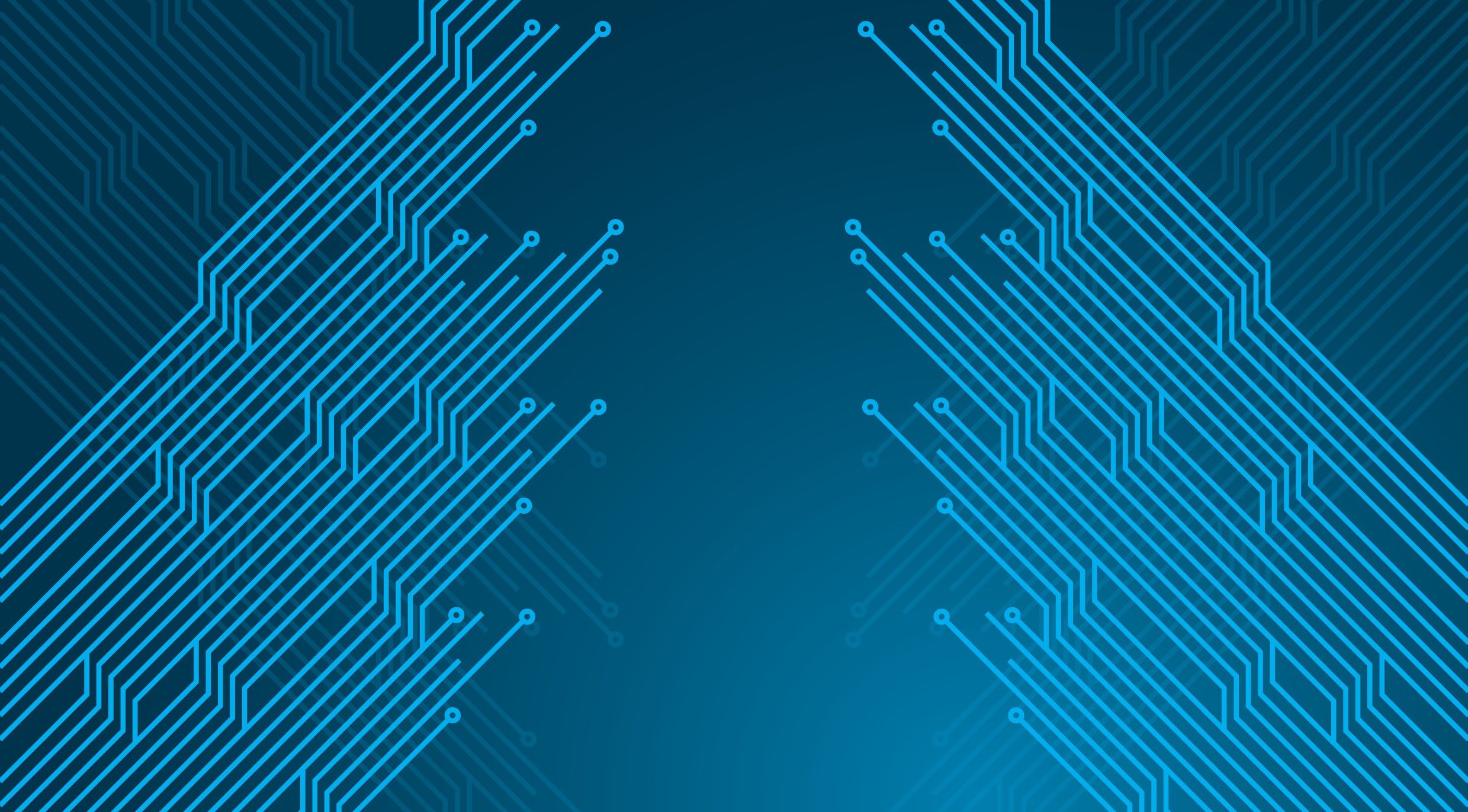Table of Links
Abstract and 1. Introduction
1.1 Research Questions and Contributions
-
Related Work
-
Background
-
Inscriptions and ordinals
4.1 Operation Types
4.2 Comparison with NFTs and ERC-20s
-
Data Collection
-
Empirical Analysis and 6.1 Overall Transactions
6.2 Inscriptions Characterization
6.3 Inscription Trading
6.4 Impact on Gas Fees
-
Discussion
-
Conclusion and References
6.4 Impact on Gas Fees
This section analyzes the impact of daily transaction volumes on the median gas fee per transaction. Unlike L1 blockchains, rollups are expected to offer lower gas fees with increasing transaction counts due to their mechanism. As more L2 transactions can be compressed into a single batch stored in the L1 network, gas fees tend to decrease. Notably, spikes in daily transaction counts on specific days resulted in a decrease in median gas fees per transaction for other users, as illustrated in Figure 6. Fees on L2 rollups are linked to compression and are also affected by the fees of L1 Ethereum.
Further analysis of the relationship between transaction count and median gas fee is presented in Figures 7. Generally, gas fees with more transactions on rollups either remain unchanged (Base, Optimism) or decrease (Arbitrum, zkSync). Conversely, on Ethereum
(L1 chains), gas fees tend to increase with higher transaction counts. Additionally, zkSync demonstrates higher efficiency in reducing gas fees compared to Arbitrum, attributable to its ZK rollup design, while Arbitrum, like Base and Optimism, is an optimistic rollup. An inherent characteristic specific to ZK rollups, such as zkSync Era, is their ability to distribute the cost of generating validity proofs across many transactions. ZK rollups utilize cryptographic methods like ZK-STARKs (Zero-Knowledge Scalable Transparent Argument of Knowledge) to validate transactions off-chain and submit them in batches to underlying L1 blockchains. With more transactions in a batch, the cost per transaction decreases. Thus, unlike L1 blockchains, gas costs on zk-rollups decrease with a larger transaction volume, as observed on November 17, December 5, December 17, and December 20 on zkSync Era. Additionally, on March 13, Ethereum’s Deucun upgrade [2] introduced blobs and danksharding aimed at enhancing Ethereum rollups’ efficiency more.
Authors:
(1) Johnnatan Messias, Matter Labs;
(2) Krzysztof Gogol, Matter Labs, University of Zurich;
(3) Maria Inês, Silva Matter Labs;
(4) Benjamin Livshits, Matter Labs, Imperial College London.









